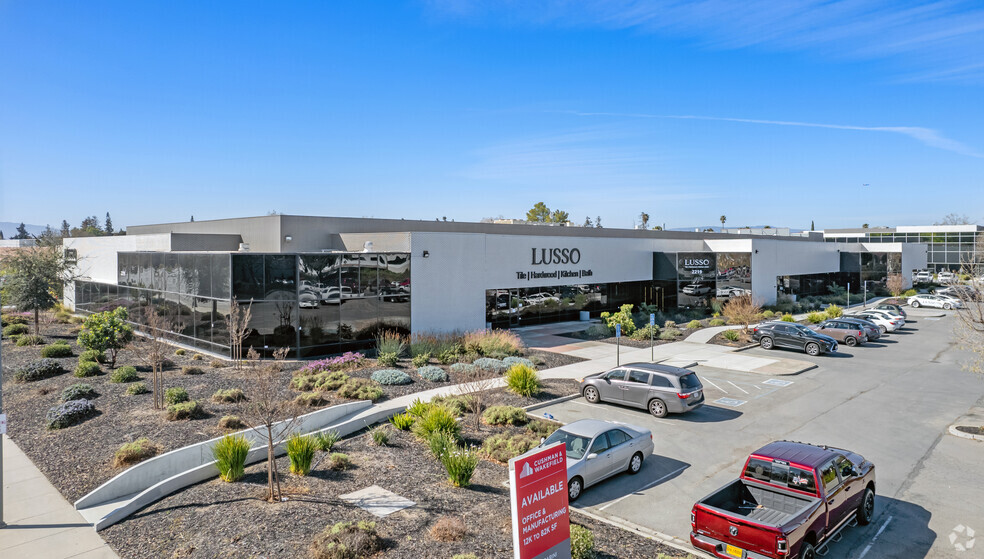An Introduction to the Bay Area’s Urban Divide
Nestled amidst the picturesque San Francisco Bay Area, the cities of Oakland and San Jose stand as vibrant hubs of culture and commerce. Yet, despite their geographical proximity, the distance between these two metropolitan centers holds significance beyond mere miles. For commuters, travelers, and logistics providers alike, understanding the distance between Oakland and San Jose is essential for planning efficient journeys and optimizing operations. In this comprehensive guide, we delve into the intricacies of this urban divide, providing you with the knowledge and tools to navigate this Bay Area landscape with ease.

Image: www.flightsfrom.com
The physical distance between Oakland and San Jose, as measured by the most direct route, spans approximately 42 miles. However, depending on factors such as traffic conditions, the chosen mode of transportation, and the specific origin and destination points within each city, the actual travel distance can vary. To ensure an accurate estimation, utilizing mapping services or consulting local transportation authorities is highly recommended.
Oakland and San Jose: A Tale of Two Cities
Oakland, situated on the eastern shore of San Francisco Bay, is renowned for its diverse population, thriving arts scene, and historic architecture. As the third-largest city in the Bay Area, Oakland offers a vibrant blend of urban amenities and natural beauty, with parks like Lake Merritt and Redwood Regional Park providing ample opportunities for outdoor recreation.
By contrast, San Jose, located in the heart of Silicon Valley, stands as a global technology hub. Home to numerous Fortune 500 companies, including tech giants such as Google, Apple, and Cisco, San Jose is a dynamic center of innovation and economic growth. Despite its high-tech reputation, the city boasts a rich cultural heritage, including vibrant arts and entertainment districts, historical landmarks, and charming neighborhoods.
Exploring the Transportation Options: From Cars to Caltrain
Navigating the distance between Oakland and San Jose presents commuters and travelers with a range of transportation options. For those seeking the flexibility and convenience of personal vehicles, Interstate 880 serves as the primary highway connecting the two cities. Be prepared for potential traffic congestion, especially during peak hours.
Public transportation offers an efficient alternative, particularly for those commuting to or from San Jose’s technology epicenter. The Bay Area Rapid Transit (BART) system provides direct service between Oakland and San Jose, offering a reliable and affordable option. The journey by BART takes approximately 55 minutes, with numerous stations conveniently located throughout both cities.
Amtrak, the national passenger rail service, also connects Oakland and San Jose with its Capitol Corridor line. Trains depart from Oakland’s Jack London Square station and arrive at San Jose’s Diridon station, providing a scenic and comfortable travel experience.
The Future of Commute: High-Speed Rail and Beyond
As the Bay Area continues to grow and evolve, so too do the transportation options available to commuters and travelers. The California High-Speed Rail project, currently under construction, aims to revolutionize intercity travel in the state. Once completed, the high-speed rail line will connect Oakland and San Jose in a mere 25 minutes, offering a transformative alternative to traditional modes of transportation.
In addition to the high-speed rail project, other innovative transportation solutions are emerging, such as ride-sharing services, electric scooters, and autonomous vehicles. These advancements hold the potential to further reshape the commuting landscape between Oakland and San Jose, providing greater convenience and efficiency for all.

Image: www.loopnet.com
How Far Is Oakland To San Jose
Conclusion
The distance between Oakland and San Jose is a dynamic and ever-changing concept, influenced by factors such as traffic patterns, transportation options, and technological advancements. By understanding the various modes of travel available, the complexities of urban planning, and the ongoing evolution of transportation infrastructure, you can equip yourself to navigate this Bay Area divide with both ease and efficiency. Whether you’re a daily commuter, a weekend traveler, or simply seeking to explore the diverse offerings of these two vibrant cities, this comprehensive guide will empower you to plan your journeys with confidence and maximize your Bay Area experience.